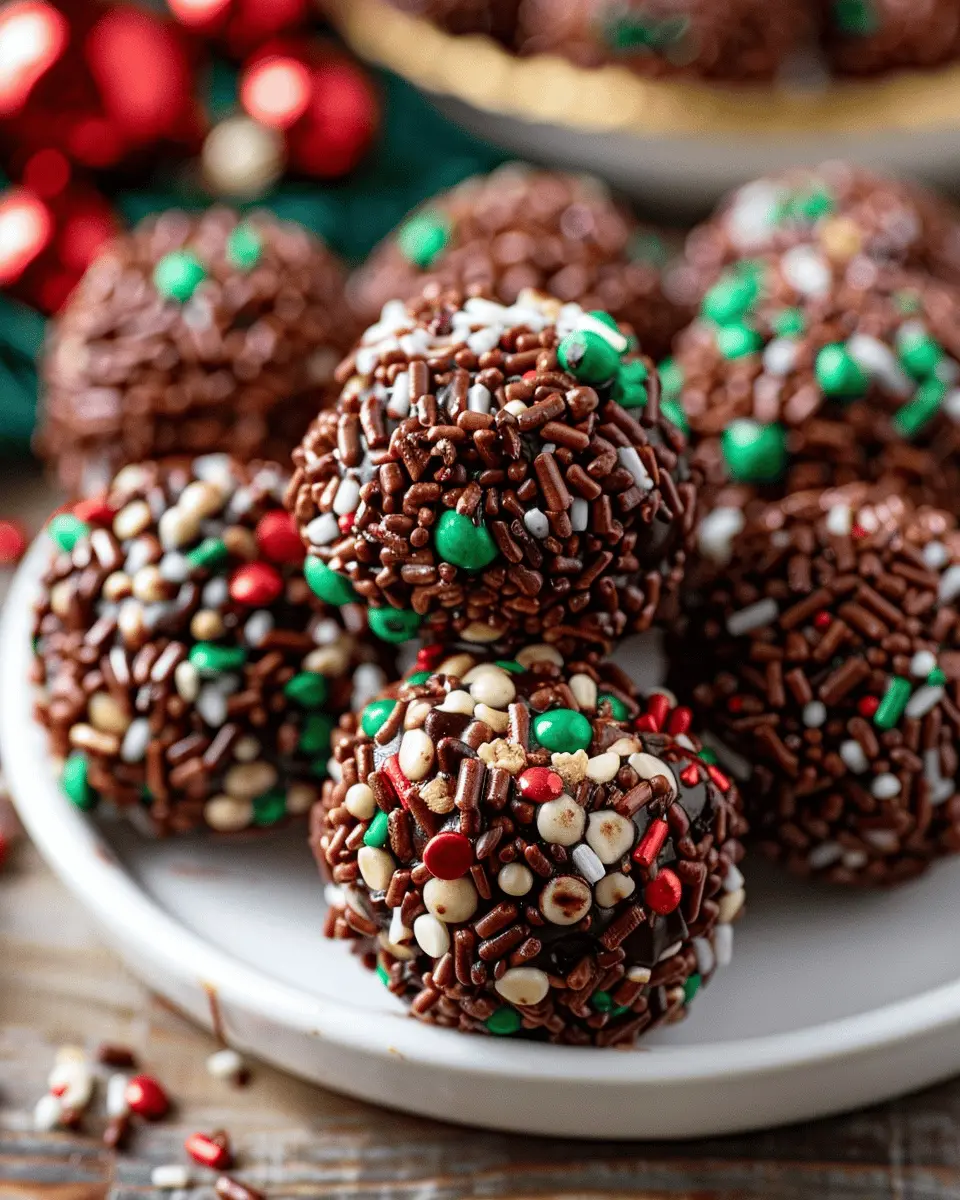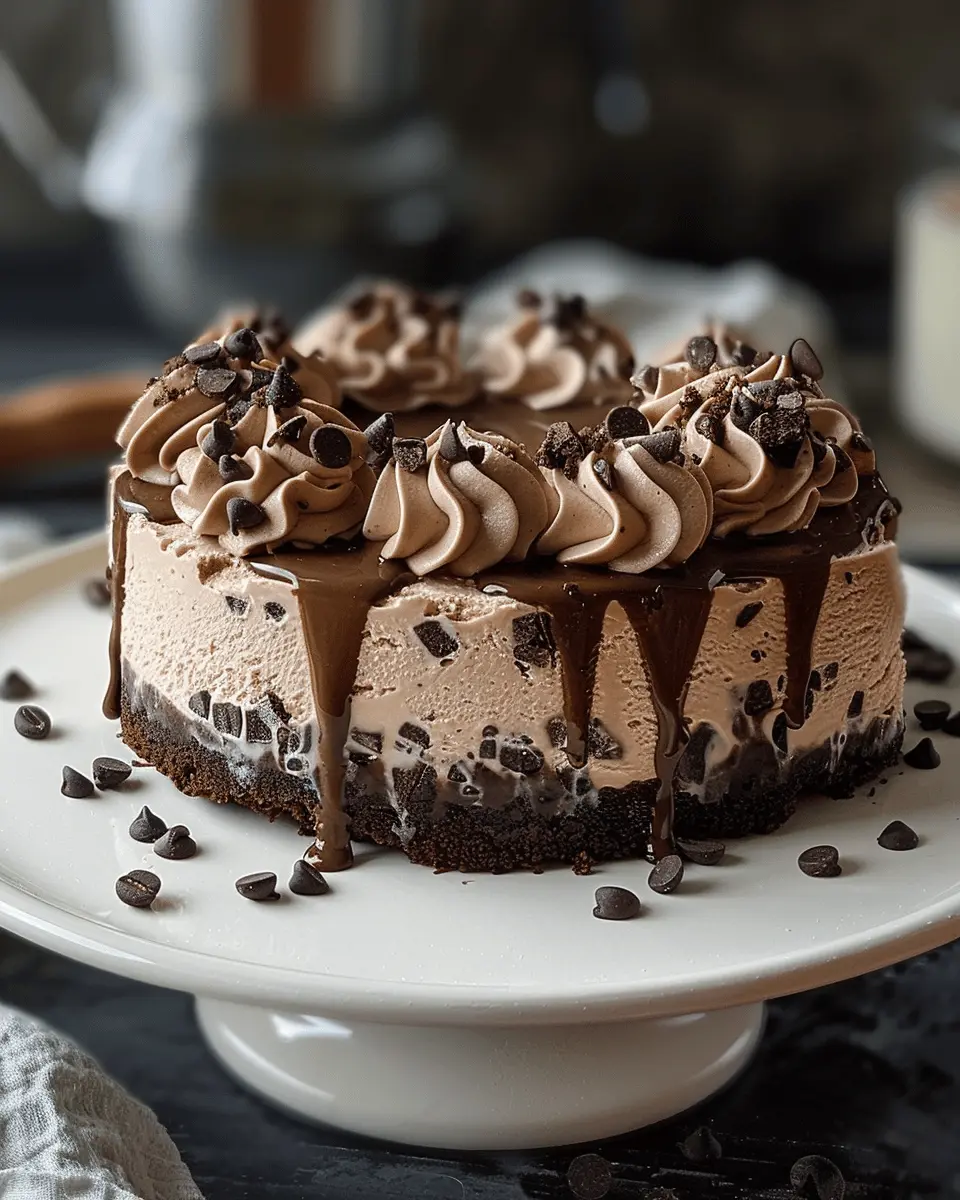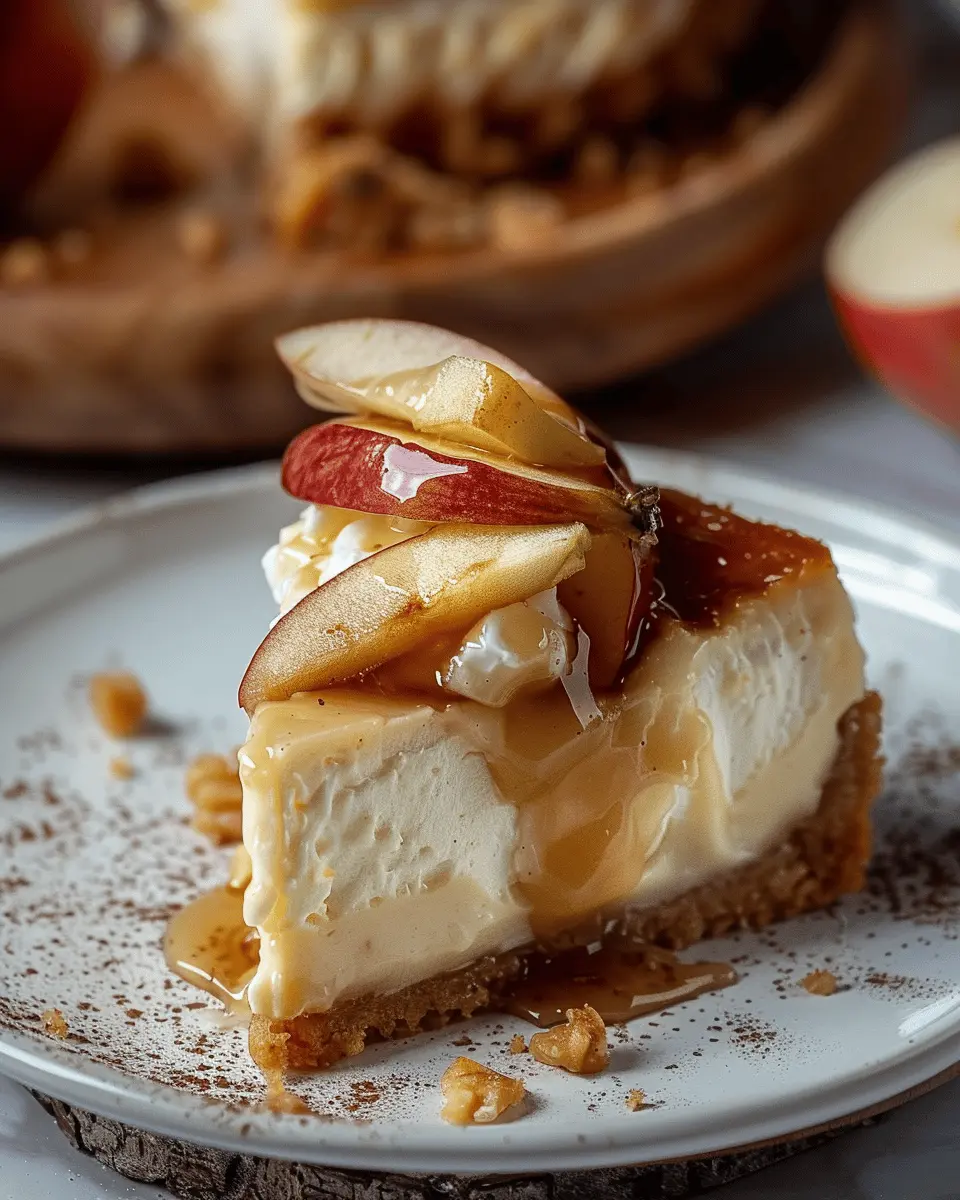Introduction to Watermelon Popping Boba
The First Time I Tried Popping Boba
I still remember the first time I tried watermelon popping boba. It was at a trendy café downtown, and I was instantly hooked by these vibrant, juicy pearls that burst with watermelon flavor the second they hit my tongue. The combination of sweet fruit juice and that signature “pop” was unlike anything I had tasted before. From that day forward, I knew I had to learn how to make these homemade boba pearls myself.
What Is Watermelon Popping Boba?
Watermelon popping boba is a type of spherified fruit juice that encapsulates the refreshing taste of watermelon in a thin, gel-like membrane. When bitten, it releases a burst of juicy flavor, making it a popular addition to beverages and desserts. Unlike traditional tapioca pearls, which are chewy, popping boba offers a unique, juicy experience that’s both fun and flavorful.
Why It’s Gaining Popularity Among Young Professionals
In recent years, popping boba has seen a surge in popularity, especially among young professionals seeking innovative and refreshing treats. According to Allied Market Research, the global bubble tea market was valued at $2.4 billion in 2019 and is projected to reach $4.3 billion by 2027, growing at a CAGR of 7.8% from 2020 to 2027. This growth is driven by the demand for customizable, flavorful beverages that offer a unique sensory experience.(globenewswire.com)
Moreover, the rise of social media platforms like Instagram and TikTok has amplified the appeal of visually striking foods. Watermelon popping boba, with its vibrant color and playful texture, fits perfectly into this trend, making it a favorite among the 25–35 age group who value both taste and aesthetics.
The Joy of Making It at Home
While it’s easy to find popping boba at specialty cafés, there’s something uniquely satisfying about making it yourself. Not only does it allow for customization in terms of sweetness and flavor intensity, but it also offers a fun, hands-on experience that’s perfect for weekend projects or entertaining guests.
By preparing watermelon popping boba at home, you can:
- Control the ingredients: Choose natural sweeteners like agave syrup and avoid artificial additives.
- Customize the flavor: Adjust the watermelon juice concentration to your liking.
- Impress your friends: Serve homemade boba at gatherings for a delightful surprise.
For those interested in exploring more homemade treats, check out this refreshing Watermelon Salad recipe or indulge in a sweet Homemade Peach Ice Cream to complement your boba creations.
Ingredients Breakdown and Why They Matter
Every Ingredient Has a Role
If you’re anything like me, you don’t just want to follow a recipe—you want to understand it. What makes popping boba “pop”? Why does watermelon juice behave differently than, say, mango or lychee?
Let’s demystify each ingredient in your watermelon popping boba and highlight the purpose behind the parts.
The Power of Fresh Watermelon Juice
Watermelon juice isn’t just delicious—it’s a nutritional powerhouse. Rich in vitamin C, hydrating electrolytes, and natural sugars, it’s a great base for summer treats. A single cup of watermelon contains over 90% water, making it one of the most hydrating fruits on the planet (Healthline).
But beyond hydration, it’s the natural sweetness and mellow flavor that make watermelon ideal for popping boba. Unlike stronger fruits, it complements rather than overpowers.
A quick tip? Choose a seedless, ripe watermelon. Tap the side—if it sounds hollow, you’re golden.
Internal link opportunity: Want to use up the rest of that watermelon? Try this chilled and juicy Watermelon Salad—it pairs beautifully with boba-infused drinks.
Sodium Alginate: The Science Behind the “Pop”
Here’s where things get fun.
Sodium alginate, a natural thickener derived from brown seaweed, is the key to the outer membrane of your boba spheres. When mixed with fruit juice, it creates the perfect viscosity needed for molecular gastronomy to do its magic.
According to food scientists, this gelling agent is widely used in modern cooking techniques and is completely safe for consumption (ScienceDirect).
It’s the science experiment you never knew your kitchen needed.
Pro tip: Blend gently and let your mixture rest for 15–30 minutes. Why? This lets any air bubbles escape and prevents misshapen boba later.
Internal link opportunity: For another recipe that blends science with flavor, check out these crowd-pleasing Crispy Baked Potato Wedges that use soaking and starch release for the perfect crunch.
Calcium Lactate: The Silent Architect
You’ve blended your watermelon and alginate. Now you need calcium lactate—the element that reacts with the alginate to form a gel-like shell. This reaction is called reverse spherification, and it’s what creates the popping texture.
Not only is calcium lactate safe and tasteless, but it’s also more beginner-friendly than calcium chloride. It provides smooth spheres with a soft “pop”, instead of ones that taste bitter or too firm.
Fun fact? Calcium lactate is used in fortified foods like cheese and even some antacids. So yes—it’s a pantry item with surprising versatility.
Stat to consider: According to the FDA, calcium lactate is Generally Recognized as Safe (GRAS) when used in accordance with good manufacturing practices (FDA).
Sweeteners and Color: Not Just for Looks
Whether you’re team raw sugar or agave syrup, your sweetener is more than a flavor booster—it enhances the mouthfeel. A small amount (1–2 tablespoons) balances the natural acidity of the watermelon without overwhelming the palate.
Agave syrup is a great low-glycemic alternative, and its smooth texture makes it easier to blend. If you’re watching your sugar intake, you could even experiment with monk fruit or stevia blends.
What about color? A drop of red or pink food coloring is totally optional, but it can elevate the visual appeal—especially if you’re serving these at a summer gathering or prepping them for content creation.
After all, we eat with our eyes first. Or in our generation’s case, our cameras.
Step-by-Step Guide to Making Watermelon Popping Boba
Let’s Talk Setup
Making popping boba at home might sound like kitchen sorcery—but once you break it down, it’s honestly just about timing, texture, and a little patience. You’ll need a blender, a fine strainer, a squeeze bottle (or dropper), and two mixing bowls. That’s it. No lab coat required.
When I first tried this, I definitely got a few misshapen blobs before nailing those perfect pearls. Don’t worry—it’s part of the fun.
If you’re the kind of person who likes following intuitive, step-by-step recipes, you’ll love making this. It’s way easier than it sounds.
Blend the Watermelon Mix Just Right
This is your base. If this part isn’t smooth, everything else will feel off. So take your time.
How to do it:
- Add 1 cup fresh watermelon juice (strained) into your blender.
- Stir in 1–2 tablespoons of sugar or agave syrup (depending on your preference).
- Add ½ teaspoon sodium alginate.
- Optional: add a drop of natural red or pink food coloring for that eye-catching pop.
Pro tip: Blend until fully smooth and let the mixture sit for 15–30 minutes. This resting period allows air bubbles to dissipate, preventing irregularly shaped boba. According to the KitchenAid Blog, this is a vital step when working with thick liquids to ensure even consistency.
Internal link idea: Want more sweet, no-fuss summer ideas? These Strawberry Cheesecake Rolls are a dream next to a glass of watermelon boba.
Make Your Calcium Bath
Now, onto the part that feels a little like a science experiment.
To prepare:
- In a clean bowl, mix 2 cups cold water with 1 teaspoon calcium lactate (or calcium chloride).
- Stir thoroughly until completely dissolved.
This is your “activation zone.” The reaction between the calcium and alginate creates the thin membrane that holds your juicy sphere together. If you skip thorough mixing, you risk uneven results.
Stat check: The FDA classifies calcium lactate as safe for consumption under food-grade standards (FDA.gov).
Form the Perfect Popping Boba
This is the part where the magic happens.
Steps:
- Fill a clean squeeze bottle or dropper with the watermelon-alginate mix.
- Gently drip small drops into the calcium bath, spacing them slightly apart.
- Let them sit in the bath for 1–2 minutes to fully gel.
- Use a slotted spoon to gently lift them out.
You’ll feel like a culinary alchemist. The texture transforms right in front of your eyes.
Don’t worry if your first few aren’t picture-perfect. I once made a batch that looked more like jellybeans than spheres. But hey—it still tasted great.
Rinse and Store the Boba
Once your boba has formed:
- Rinse gently in a bowl of clean cold water to remove any residual calcium taste.
- Store in a sealed container in the fridge for up to 3–4 days.
Avoid freezing—they’ll lose their pop.
This is also a great time to portion your servings. You can mix the boba into tea, lemonade, sparkling water, or serve it as a topping on desserts.
Internal link idea: For a dessert pairing, try this bright and tangy Red, White & Blue Cheesecake Salad. Trust me—it’s the kind of combo that surprises people in the best way.
Serving Ideas and Creative Ways to Enjoy Watermelon Popping Boba
Beyond the Basics: Let’s Talk Presentation
So, you’ve mastered the method. Your watermelon popping boba turned out juicy, vibrant, and perfectly poppable. Now what?
Honestly, this is where things get really fun. Because while making boba is cool, serving it in unexpected and stylish ways? That’s where you turn heads.
Elevate Your Drinks with a Pop
The easiest way to enjoy these boba pearls? Add them to your favorite cold beverages. I personally love dropping a few into an icy glass of lemonade—instant upgrade.
Here are some combinations that always hit:
- Sparkling Water + Watermelon Boba + Fresh Mint
Refreshing, low-cal, and endlessly photogenic. - Coconut Water + Lime Juice + Boba
Sweet and citrusy. A perfect hydration combo for hot afternoons. - Homemade Iced Tea + Boba
Try green or hibiscus tea to balance the watermelon’s sweetness.
A 2023 article from Liquor.com even explores how bartenders are starting to incorporate popping boba into craft cocktails. Yes, mixology just got juicier. If you’re planning a get-together, adding boba to your cocktails or mocktails creates an experience—not just a drink.
Internal link idea: If you’re hosting a summer party, consider pairing your boba drinks with something savory like these Smoky Chipotle Bison Meatballs—they bring the heat, while the boba cools things down.
Turn Dessert Into a Statement
Don’t limit your boba to beverages. It’s a versatile dessert enhancer, too.
Here are some crowd-pleasing ways to get creative:
- Yogurt Parfaits: Layer Greek yogurt, granola, berries, and a spoonful of watermelon boba for a sweet, textural surprise.
- Over Ice Cream: Vanilla, coconut, or even green tea ice cream pairs beautifully with fruity boba.
- Mini Cheesecakes: Top bite-sized cheesecakes with a few pearls for a trendy, colorful finish.
- Chia Pudding Bowls: Add boba on top of chia pudding for both visual appeal and a fun burst of flavor.
According to Bon Appétit, the key to “Instagram-worthy” food is color contrast, texture variety, and symmetry in plating. Watermelon popping boba checks all three boxes—especially when served in clear cups or minimalist ceramic dishes (Bon Appétit).
The Party Trick You Didn’t Know You Needed
Hosting a rooftop gathering? Backyard brunch? Or even a casual dinner with friends?
Surprise your guests with a popping boba bar. Set out a few bowls of different flavored boba (watermelon is the star, obviously), a pitcher of cold tea or lemonade, and let guests build their own drinks.
I did this for a laid-back rooftop potluck with coworkers, and—no joke—it was the highlight of the night. Someone even asked if I catered the boba.
Internal link idea: Want another party-ready dessert to go with your boba setup? This Nutter Butter Pie is rich, creamy, and a guaranteed crowd-pleaser.
FAQs and Final Thoughts on Watermelon Popping Boba
Frequently Asked Questions (FAQs)
We’ve covered the ingredients, the science, the steps, and the styling—but you probably still have questions. Let’s clear them up.
What exactly are popping boba made of?
Great question. Popping boba are typically made using a process called spherification, which combines a flavored liquid (in this case, watermelon juice mixed with sodium alginate) with a calcium bath (usually calcium lactate or calcium chloride). The reaction forms a thin, gel-like membrane around the liquid, creating that satisfying “pop” when you bite into it.
This technique has roots in molecular gastronomy, a culinary trend that blends chemistry with cooking. According to the Harvard Science & Cooking series, reverse spherification allows liquids to be suspended inside edible membranes using natural food-safe compounds (Harvard SEAS).
Are popping boba healthier than traditional tapioca pearls?
In many ways, yes—especially if you make them yourself. Traditional tapioca pearls are high in starch and usually sweetened with syrup. In contrast, homemade watermelon popping boba can be naturally sweetened and are lower in carbs and calories.
As reported by Nutritionix, one tablespoon of tapioca pearls can contain 100+ calories, while a similar serving of fruit-based popping boba averages around 25–30 calories (Nutritionix).
Plus, watermelon is rich in antioxidants and hydration, making it a lighter and more refreshing choice.
Can I make popping boba without calcium lactate?
Technically, yes—but it’s not recommended. While some DIY methods use gelatin or agar to mimic the texture, these alternatives don’t offer the same clean “burst” that calcium-induced spherification delivers.
If sourcing calcium lactate feels tricky, try checking online baking suppliers or specialty food stores—it’s more common than you’d think.
Want a backup project? Try these Peanut Butter S’mores Oatmeal Cookie Bars as a fun kitchen treat that doesn’t require special ingredients.
Final Thoughts: A Fresh Way to Play with Flavor
Whether you’re a seasoned foodie or someone who just likes trying cool recipes on the weekend, watermelon popping boba is more than a kitchen experiment—it’s a conversation starter. It’s playful, it’s beautiful, and it’s surprisingly doable, even for beginner-level home cooks.
Personally, I love how this recipe blends science and creativity. There’s something satisfying about watching a bowl of bright, juicy spheres form before your eyes—and knowing you made them from scratch. No kits, no shortcuts, just curiosity and a blender.
And if you’ve made it this far, I’d bet you’re ready to dive in. So grab a ripe watermelon, set up your station, and give it a try. You might even inspire a friend or two to do the same.
Internal link idea: If you enjoyed this creative project, take a look at the Edible Aquarium Popsicles—they’re another fun, visually stunning way to bring summer vibes to your kitchen.
Internal link idea: Craving something richer? These Boston Cream Cupcakes are a decadent follow-up to your fruity boba creations.
Print
How to Make Watermelon Popping Boba at Home
- Prep Time: 15 minutes
- Cook Time: 5 minutes
- Total Time: 20–45 minutes (including resting)
- Yield: About 4 servings 1x
- Category: Dessert, Drinks
- Method: Spherification
- Cuisine: Fusion
- Diet: Vegan
Description
Learn how to make refreshing Watermelon Popping Boba at home with this easy recipe using natural ingredients and simple techniques.
Ingredients
- 1 cup fresh watermelon juice (strained for smoothness)
- 1–2 tablespoons sugar or agave syrup (to taste)
- 1/2 teaspoon sodium alginate
- Optional: 1 drop of red or pink food coloring
- 2 cups cold water
- 1 teaspoon calcium lactate or calcium chloride
Instructions
- In a blender, combine the watermelon juice, sugar or agave, sodium alginate, and optional food coloring. Blend until smooth.
- Let the mixture rest for 15–30 minutes to allow air bubbles to rise and settle.
- In a separate bowl, dissolve calcium lactate or calcium chloride in 2 cups of cold water to create the calcium bath.
- Fill a squeeze bottle or dropper with the watermelon mixture and gently drop it into the calcium bath one drop at a time.
- Allow the boba to sit in the bath for 1–2 minutes to fully gel.
- Remove the boba with a slotted spoon and rinse gently in clean water.
Notes
- Use seedless, ripe watermelon for the best flavor and texture.
- Letting the mixture rest helps eliminate air bubbles for smooth, round spheres.
- Store boba in clean cold water in the refrigerator for up to 3–4 days.
Nutrition
- Serving Size: 1/4 of recipe
- Calories: 25
- Sugar: 4g
- Sodium: 10mg
- Fat: 0g
- Saturated Fat: 0g
- Unsaturated Fat: 0g
- Trans Fat: 0g
- Carbohydrates: 6g
- Fiber: 0g
- Protein: 0g
- Cholesterol: 0mg
Keywords: Watermelon Popping Boba, homemade boba, fruit bubble tea, DIY boba pearls, spherified juice













